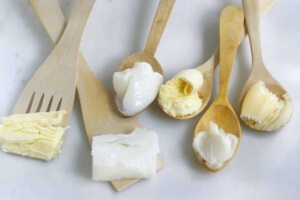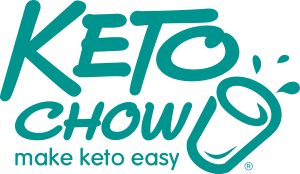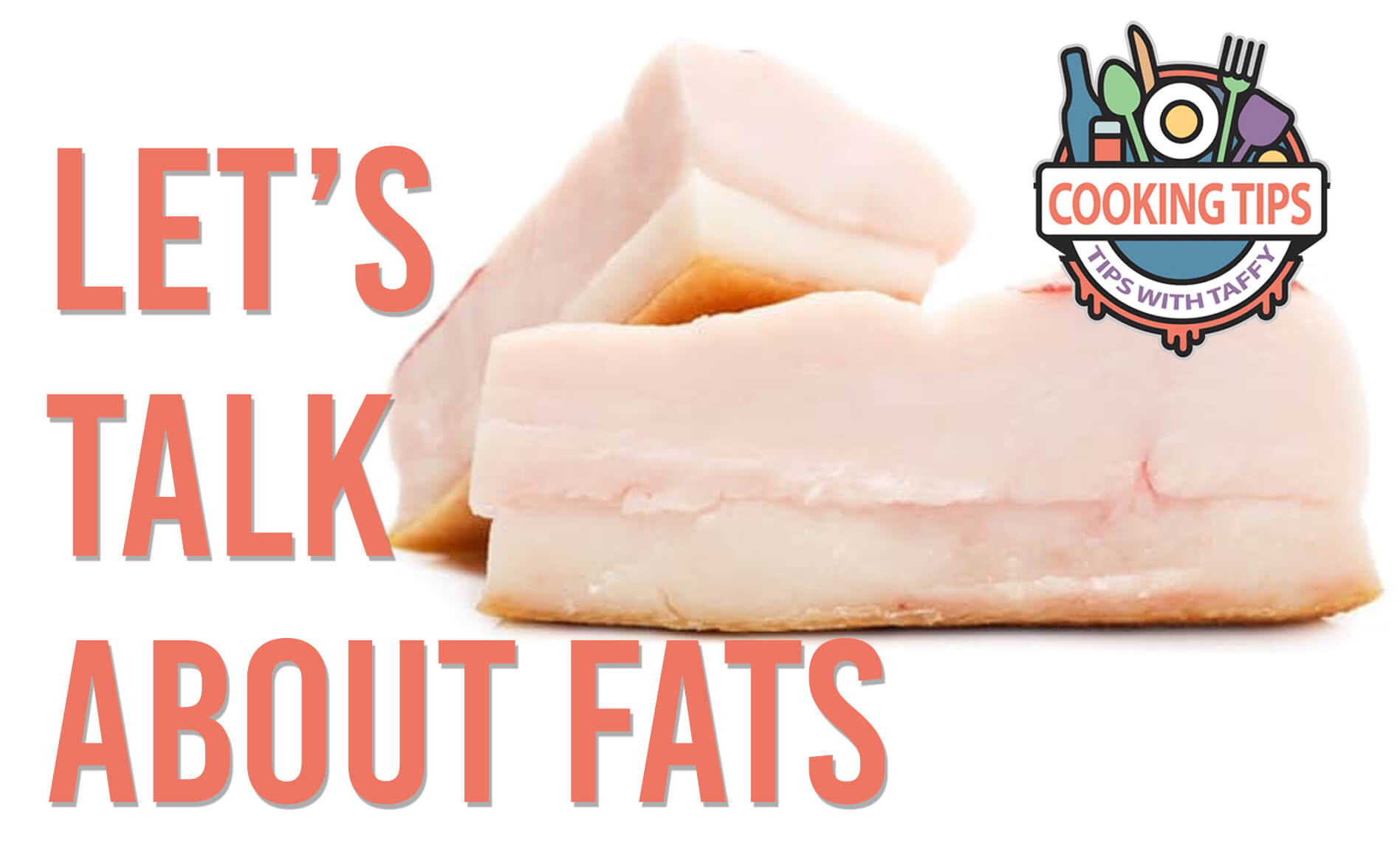Let’s talk about fat, the north star of the ketogenic diet. A well-formulated ketogenic diet is not only low in carbohydrates, but also high in good quality fats. For a professional cook like myself, that is exciting news because fat is also a foundational ingredient in some of the best cooking around the world. Fat is central to the world’s cuisines not only because it’s an important macro nutrient we can’t live without, but because it contributes flavor, moisture, texture and depth. Fat makes food more satisfying, and more satiating too.
In the early to mid-20th century, the average American home cook was being encouraged to replace lard with shortening and butter with margarine. But professional cooks across the country were holding on tight to their precious traditional fats. They knew nothing man-made could replace them.
Thankfully, in the past decade natural fats have made a resurgence in home cooking as people welcome traditional foodways back into their kitchens. Now that fat is back home, cooks sometimes need a few pointers on how best to source, store and cook with it.
 Cooking with animal fats can take a bit of getting used to if you haven’t used them before. But once you start using them you won’t want to go back to industrial seed oils ever again. Animal fats like beef tallow and lard are more stable, taste better and give more consistent results in cooking or baking. An egg fried in tallow or lard will cook more evenly, and is less likely to burn than an egg cooked in commercial seed oils like canola or corn oil.
Cooking with animal fats can take a bit of getting used to if you haven’t used them before. But once you start using them you won’t want to go back to industrial seed oils ever again. Animal fats like beef tallow and lard are more stable, taste better and give more consistent results in cooking or baking. An egg fried in tallow or lard will cook more evenly, and is less likely to burn than an egg cooked in commercial seed oils like canola or corn oil.
Animal fats have greater stability, higher smoke points and more protective compounds than their commercial counterparts which means they are less likely to oxidize and turn rancid when safely stored and handled. It is important to avoid rancid fat which tastes bad and is unhealthy. It is also important to avoid heating oils beyond their smoke point because it’s unhealthy and a reliable way to start a grease fire.
This is a good time to mention that you should always keep a working fire extinguisher in your kitchen. You can extinguish a small grease fire with baking soda, salt, or a lid placed over the pan. You cannot put out a grease fire with water. And did you know if you have an old bag of flour hanging around, you can use it clean up spilled oil? Just sprinkle enough flour over the spill to absorb all the oil, when you no longer see oil coming through the flour simply sweep it up. It should take all the oil with it and leave the floor clean.
Now that we all agree animal fats are great, where to begin? The simplest way to start using animal fat is to keep the fat that renders naturally from cooking meats and poultry (the “drippings”) and store them in a clean jar in the fridge. For instance, if you roast a chicken or a goose, you can reserve the fat that renders off during roasting. Searing duck breast will produce a surprising amount of fat, and of course bacon fat is easy to procure and store for cooking.
When you want a more neutral fat for cooking and baking, it’s time to render your own lard or tallow. If you have a trusted butcher, you can ask them for fat. You can also try specialty markets near you or look for a local farmer who may be able to save you fat when they process animals.
- Lard comes from pork fat and can be rendered from fatback, pork belly or leaf fat, which is the fat from around the animal’s kidneys. Leaf fat results in the mildest lard, prized for baking.
- Beef and lamb suet is the fat from around the animals’ kidneys, it can be rendered into tallow to make the best fat for frying. Suet can also be used as is in baking, it is usually grated.
- Chickens have fat that can be rendered into schmaltz, sometimes cooked with aromatics like onion and garlic for more flavor.
- Ducks and geese have a lot of fat under their skin and around their kidneys which produces some of the most prized fat or schmaltz.
All these fats can be rendered in the same way by a low, slow melting until all the fat has become liquid, then strained to remove any remaining particles. You can render fat on the stove top, but I am partial to the following oven method for rendering fat from Chef Jennifer McLagan, author of the wonderful book Fat. This method requires less attention than the stove top method and allows for a steadier, even heat.
Clean the fat of any connective tissue or meat still clinging to it and cut into cubes about 1-inch in size. Preheat the oven to 250 degrees and place the prepared fat in an oven-proof pan, like a Dutch oven with 1/3 cup water for every pound of fat. Place in the oven uncovered. Stir the fat after the first 30 minutes, then again after 45 minutes, and then stir once every hour until all your fat has rendered, which can take several hours. When the fat has all melted, strain and then remove it from the oven. Carefully strain it through cheesecloth into clean containers. Allow the fat to cool completely and store in airtight containers in the refrigerator or freezer. Glass jars with tight fitting lids work well for this. Be sure to label and date them. They will be good in the refrigerator for up to two months, and in the freezer for a year.
To render fat on the stove top, follow the directions above but keep a close eye on the pot and stir it more often as it has a tendency to burn near the end of the rendering process. I would imagine you could render fat in a slow cooker too, but I haven’t tried it.
If you don’t want to render your own fat you can buy prepared lard, tallow, duck fat and goose fat. Try your butcher shop or favorite market, farmers near you or search online for farmers that ship nationally. Surprisingly, standard packaged lard is often hydrogenated and/or mixed with inexpensive oils so be sure to check the ingredients before you buy.
Now that you have all that beautiful fat rendered what do you do with it? The answer is simple: everything. Cook eggs in bacon fat, bake keto biscuits with lard, fry your chicken wings in tallow, make mayonnaise with duck fat, sauté greens in schmaltz.
Get creative with your Keto Chow too! Mix Savory Chicken Soup Keto Chow with flavored chicken fat, make gravy with beef drippings and Beef Soup Base Keto Chow, bake Keto Chow donuts with goose fat. Don’t be afraid to experiment and have some fun. That’s what cooking is all about.
If I didn’t mention the fat you were looking for here, don’t worry I will be discussing more fats in future columns because that’s what keto is all about.
Happy Keto Cooking!
Suggested for further reading:
McLagan, Jennifer Fat: an appreciation of a misunderstood ingredient with recipes, New York: Ten Speed Press, 2008









Leave A Comment